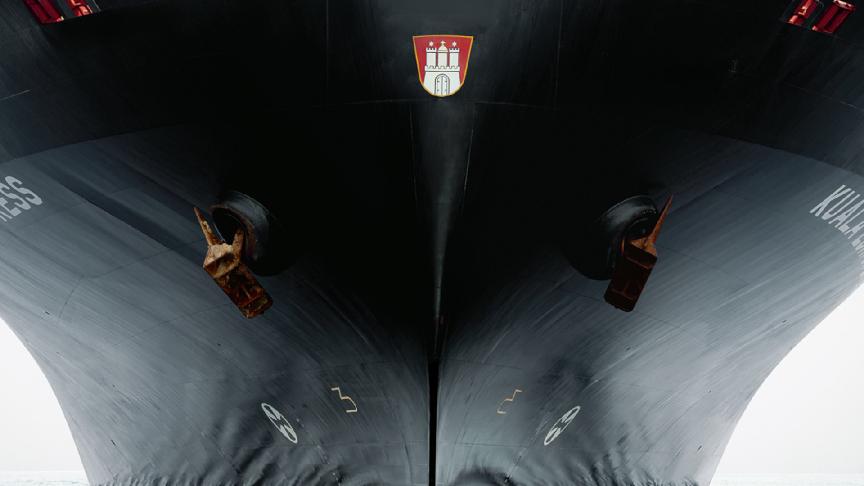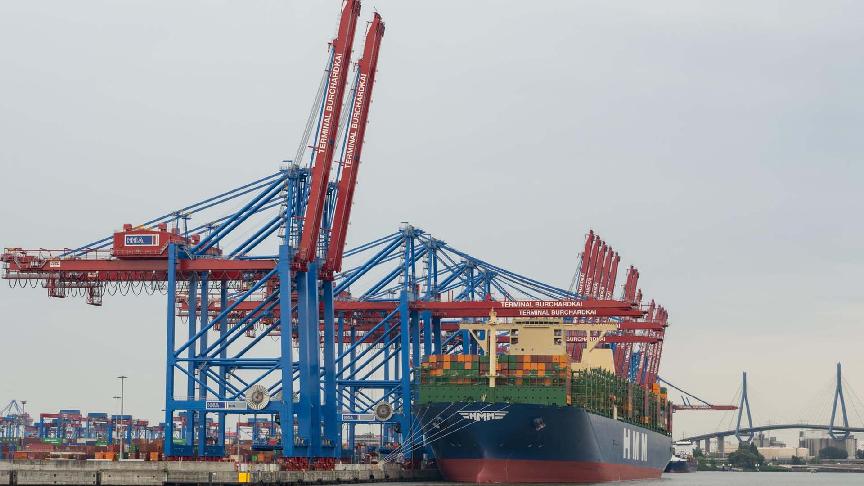The Kiel Canal stretches about 98 kilometres from the North Sea to the Baltic Sea and ranks among the busiest artificial waterways in the world. Each year, it facilitates the transit of thousands of ships, saving an average of 460 kilometres compared to the route around Denmark.
The first version of the Canal
The Kiel Canal’s initial phase of development began in 1784, following seven years of construction, under the sovereignty of the Kingdom of Denmark in the Schleswig-Holstein region.
This 43-kilometre channel formed part of a 175-kilometre waterway connecting Kiel to Toenning on the Danish west coast. Despite its width of 29 metres and a maximum depth of only 3 metres, it accommodated vessels up to 300 tonnes, becoming crucial for local trade.

The decision on expansion
Before and after German Unification on January 16, 1871, heated debates emerged regarding the necessity of expanding the Canal.
Shipowner and insurance broker Hermann Dahlström opposed the idea, while some German navy officials recognised the strategic economic and tactical value of enhancing sea access.
Otto von Bismarck capitalised on the navy's support and the Emperor's interest in naval affairs to advocate for expansion
Bismarck convinced the Emperor that constructing a modern canal would have tactical advantages and symbolize the industrial prowess of the new Imperial Germany.
The construction of the modern Canal
Persuaded by the benefits, Emperor Wilhelm I von Hohenzollern initiated the excavation of the modern Kiel Canal on July 3, 1887.
The project posed significant challenges for the industrialized Germany of the 19th century, including varying elevations from 25 to 3 metres above sea level. Approximately 8,900 workers utilized advanced technologies such as railways and dredgers during construction.
After seven years, in the early hours of July 21, 1895, the imperial yacht “Hohenzollern,” carrying His Majesty Wilhelm II von Hohenzollern, navigated the Canal during its inauguration ceremony. It was followed by 24 ships representing 14 other commercial nations.

Post-construction
Beyond its military importance, especially post-1912, with the introduction of the "Fourth Naval Law" that expanded the Imperial Navy, the Canal became vital for global trade. Between 1907 and 1914, its commercial usage surged, and the Versailles Conference post-Great War placed its management under international oversight, still led by Germany.
Today, the Kiel Canal remains one of Europe's most important waterways with the motto "connecting the world." It continues facilitating faster commerce across Europe by allowing vessels to transition between the Baltic and Northern Seas.







